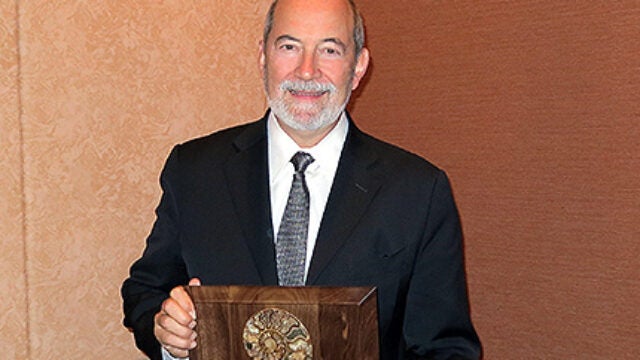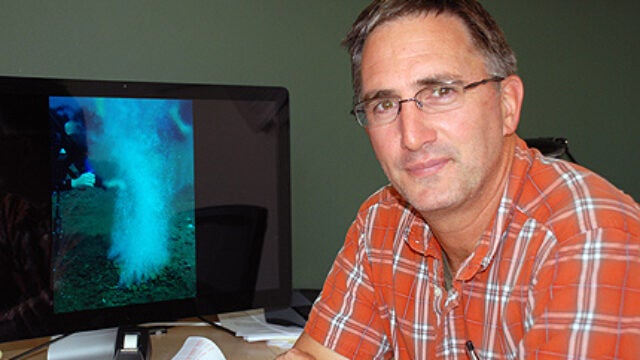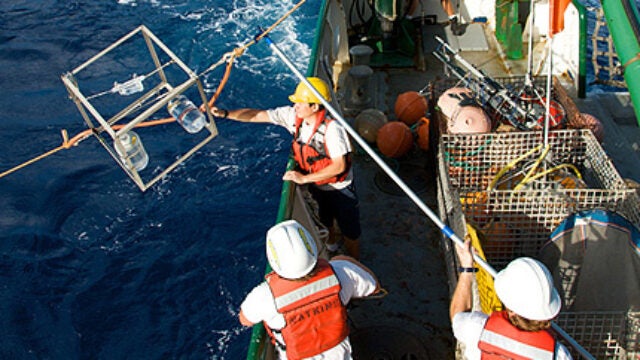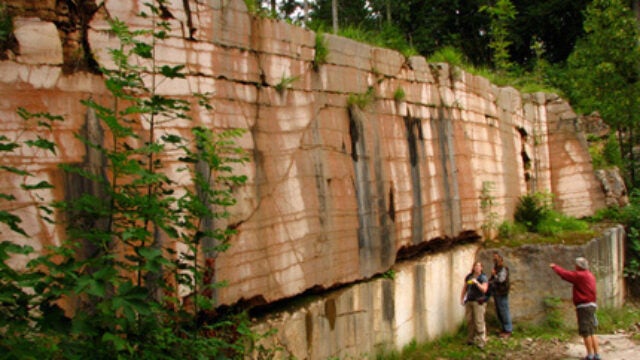A new geology study recently published online in Geology led by Sarah Feakins, assistant professor of earth sciences in USC Dornsife, raises questions about the environment in which our ancestors took shape and developed bipedalism.
USC Dornsife News
The American Geosciences Institute honors the USC Dornsife University Professor for his earthquake preparedness work, including as chair of a commission formed after the 2009 quake that killed more than 300 people in L’Aquila, Italy.
USC Dornsife has started a Society for Advancement of Chicanos and Native Americans in Science (SACNAS) chapter on campus to promote diversity in all scientific fields.
Led by Jan Amend of earth sciences and biological sciences, a team of USC Dornsife researchers will study life in Earth’s subsurface biosphere with a $6 million grant from the NASA Astrobiology Institute.
A study by Meghan Miller and Thorsten Becker of earth sciences in USC Dornsife published in Nature Geoscience shows how constantly moving continental plates reshape Earth’s surface.
USC Dornsife's Sergio Sañudo-Wilhelmy led a team of scientists in the development of a new method of analyzing water samples. The method identified vitamin deficient zones in the ocean.
During Maymester, aspiring geologists from USC Dornsife research ancient rocks in southern Spain.
USC Dornsife’s Sarah Feakins is lead author of a paper published June 17 in Nature Geoscience showing how ancient global warming led to the greening of Antarctica.
USC Dornsife geologists contribute to a recent study that examines the rock record to find evidence that mass extinction events may have been caused by ocean acidification.
Contact USC Dornsife News
Media Inquiries
Contact Ileana Wachtel








